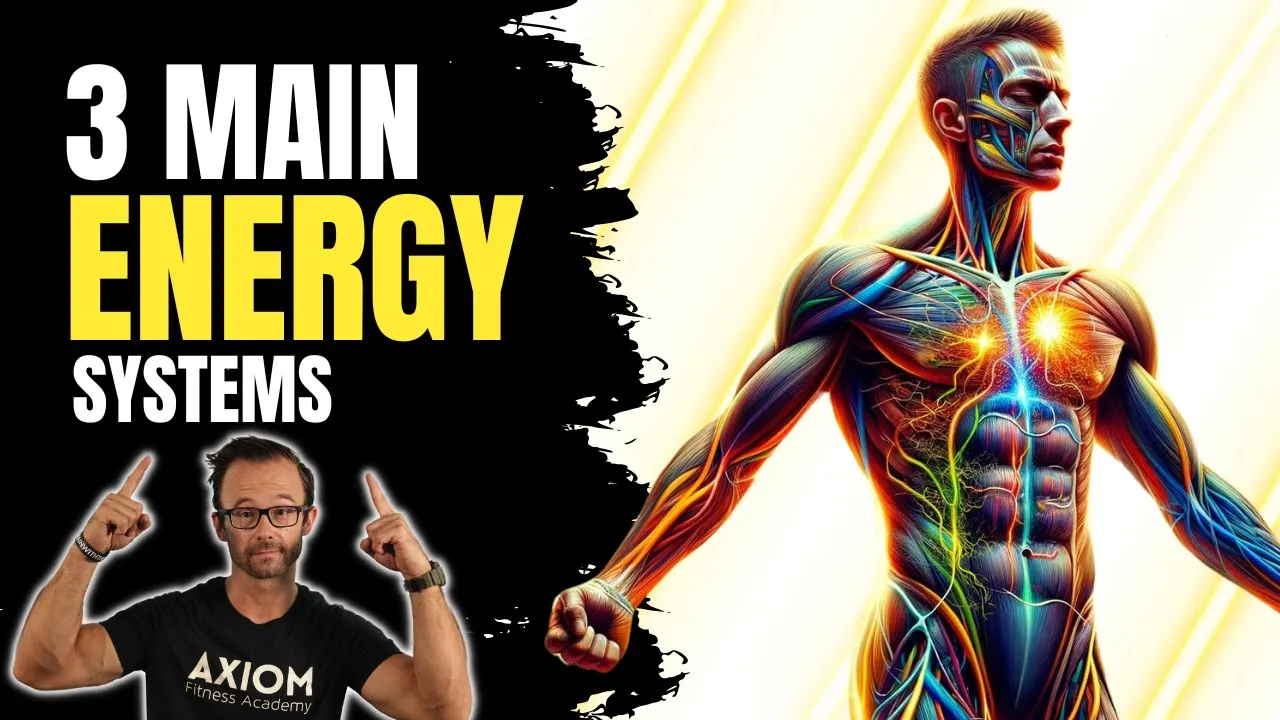
As a personal trainer, understanding the bioenergetics of exercise is pivotal to designing effective training programs. Bioenergetics, the study of how organisms manage their energy resources, plays a crucial role in exercise science. This post delves into the three primary energy systems, offering insights that are crucial for every fitness professional.
1. The Immediate Energy System: ATP-PCr
The ATP-PCr (Adenosine Triphosphate-Phosphocreatine) system serves as the sprinter of energy systems, providing immediate energy for short, explosive movements but depletes rapidly within 10 to 15 seconds. It’s like having a quick shot of energy that’s available instantly but runs out just as fast. Understanding this system is vital for designing workouts that involve sprints or heavy lifting, ensuring optimal performance without over reliance on this limited energy source.
2. The Short-term Energy System: Glycolytic
The Glycolytic system takes over when the ATP-PCr system is exhausted, breaking down carbohydrates to produce energy. This process supports efforts from about 30 seconds to two minutes, making it essential for activities like mid-distance running or high-intensity interval training. Personal trainers can leverage this system to improve their clients’ endurance and performance in short to moderate-length activities.
3. The Long-term Energy System: Oxidative
For activities lasting longer than two minutes, the Oxidative system is your go-to. This system uses carbohydrates, fats, and, to a lesser extent, proteins to generate ATP. It’s incredibly efficient for endurance activities due to its ability to sustain energy production over long periods. Personal trainers focusing on marathon training, long cycling sessions, or extended aerobic workouts must understand how to optimize this energy system for their clients’ success.
Integrating Energy Systems Knowledge into Personal Training
Incorporating an understanding of these energy systems into your training approach can significantly impact your clients’ performance and satisfaction. For instance, by alternating between high-intensity intervals that tap into the Glycolytic system and longer, moderate-intensity sessions that utilize the Oxidative system, trainers can create a balanced program that enhances overall fitness and metabolic efficiency.
Conclusion: The Art and Science of Energy Management
Mastering the bioenergetics of training is both an art and a science, requiring trainers to not only grasp complex physiological concepts but also apply this knowledge creatively to meet individual client needs. By leveraging insights from chapter 8 in the NASM textbook and understanding the nuances of each energy system, personal trainers can elevate their programming, delivering personalized, effective training plans that optimize energy use and enhance athletic performance.
Remember, the goal is not just to inform but to transform. Armed with this knowledge, personal trainers are better equipped to guide their clients through the intricacies of energy management, paving the way for greater achievements in fitness and beyond.
Struggling trying to prepare for the NASM-CPT exam? Checkout our signature virtual course that guarantees your success!
In this video, Coach Joe Drake from the Axiom Fitness Academy discusses the 3 primary energy systems involved in Bioenergetics.






